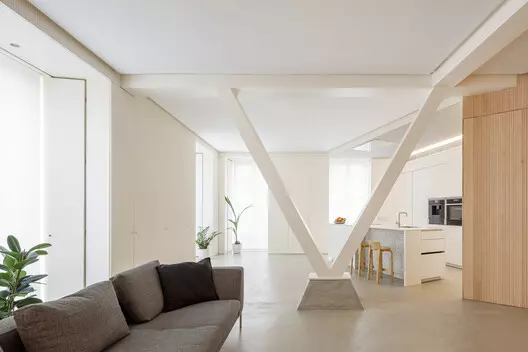 © Tom Ferguson
© Tom Ferguson
When it comes to forward-thinking interior design, adaptability and timelessness are crucial factors that ensure a home will look current for years to come. Contemporary interiors are particularly adept at achieving this, as they borrow elements from various styles and combine them to create a harmonious whole. They have the unique ability to stay current even as trends change. But what are the components that remain constant in this ever-changing fashion? Let's explore seven features that define contemporary interiors.
Minimalist Furniture
Upon entering a contemporary home, you'll notice a lack of excessive furniture. Contemporary interiors adhere to the idea that "less is more," as popularized by the Bauhaus school and De Stijl art movement. By using only the essential furniture pieces, contemporary interiors put emphasis on quality craftsmanship and the powerful effect of reduction. Built-ins are often used to create additional storage without overcrowding the space. Here are some examples of contemporary interiors that showcase minimalist furniture:
The Corner House / RUE arquitectos
 © Aitor Estévez
© Aitor Estévez
024 Apartment / ŠA atelier
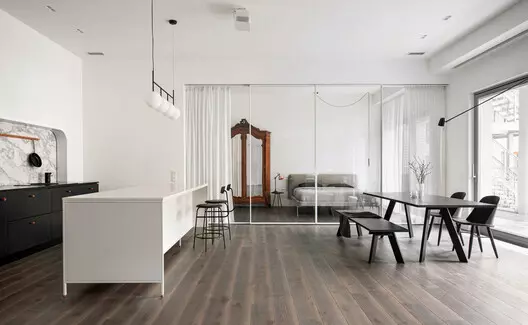 © Darius Petrulaitis
© Darius Petrulaitis
Residence 195 / Ampuero Yutronic
 © Felipe Fontecilla
© Felipe Fontecilla
Interior MFN / INT2architecture
 © INT2 architecture
© INT2 architecture
Alonso House / Sebastian Arquitectos
 © Irene Ruiz Bazán
© Irene Ruiz Bazán
Axis House / LCGA Design
 © Hey! Cheese
© Hey! Cheese
BE Apartment / MZNO
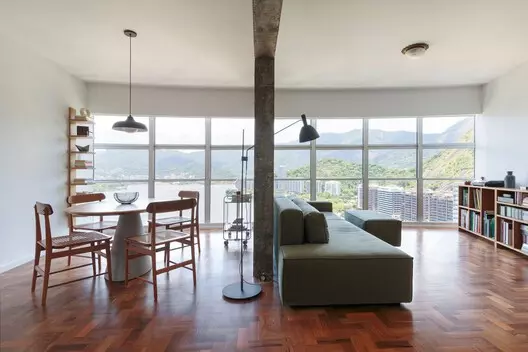 © Felco
© Felco
Mixed Materials
Contemporary interiors prioritize the use of high-quality materials to enhance their overall aesthetic. You'll find a mix of natural woods, organic fibers, polished concrete, and marble, creating a rich visual context despite the otherwise minimalist approach. Accent pieces or walls that contrast in material make a powerful statement. Here are some examples of contemporary interiors with mixed materials:
Oneness & Otherness Apartment / Shiran Ishay
 © Mikaela Burstow
© Mikaela Burstow
Nicolai Paris Apartment / noa* network of architecture
 © Antoine Huot
© Antoine Huot
Tree House / ST Design Studio
 © Hey! Cheese
© Hey! Cheese
Translucence House / Fougeron Architecture
 © Joe Fletcher
© Joe Fletcher
Apartament DL / StudioLIM
 © André Mortatti
© André Mortatti
Twins Apartment / Paralelo 30 Arquitetura
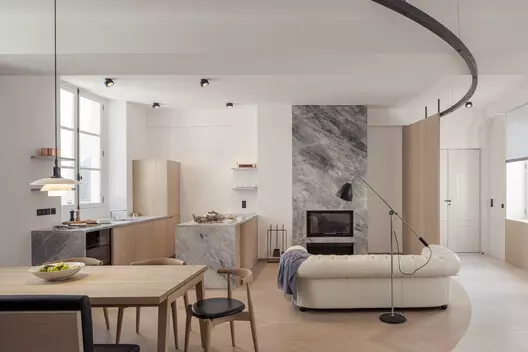 © Marcelo Donadussi
© Marcelo Donadussi
Palm Frond Retreat / Koichi Takada Architects
 © Tom Ferguson
© Tom Ferguson
Open Floor Plans
The open floor plan is a characteristic often seen in contemporary interiors. Popularized during the industrial revolution and the rise of the International Style, it eliminates defined individual spaces in favor of a cohesive, flowing layout. Contemporary interiors maintain this open design, eroding boundaries between the kitchen, dining area, and living space. Here are some examples of contemporary interiors with open floor plans:
Deep Gray Apartment / Azovskiy&Pahomova architects
 © Andrey Avdeenko
© Andrey Avdeenko
ML Apartment / flipê arquitetura
 © Rodrigo Xavier
© Rodrigo Xavier
Ichijo-toma Apartment / kooo architects
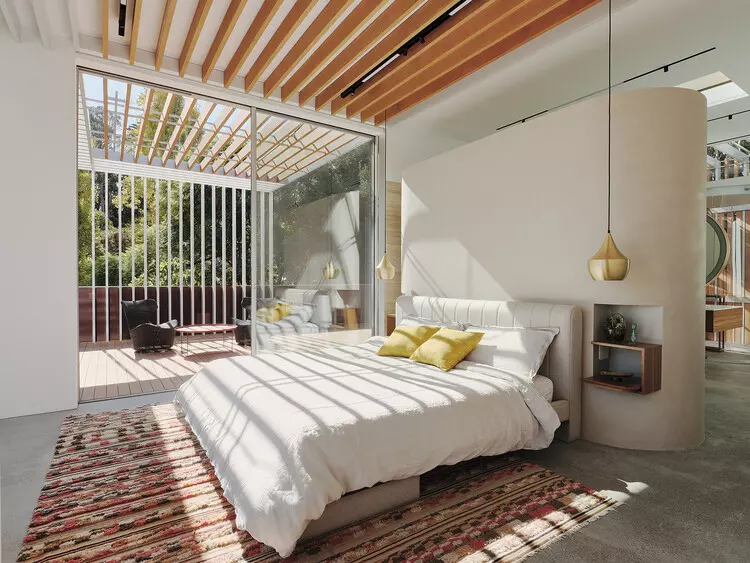 © Keishin Horikoshi
© Keishin Horikoshi
MB Apartment / Bokey Grant
 © Clinton Weaver
© Clinton Weaver
Housing and Ateliers in Rue Polonceau / YUA studio d'architecture
 © Luis Díaz Díaz
© Luis Díaz Díaz
House in Uraga / note architects
 © Hiroki Kawata
© Hiroki Kawata
Ceppo Apartment / Meireles+Pavan Arquitetura
 © Fran Parente
© Fran Parente
Clean Lines
Contemporary interiors favor clean lines and streamlined, organic shapes. They prioritize visual strength and incorporate both straight and circular or oval shapes. By combining these shapes, contemporary homes maintain a sense of flexibility and adaptability. Here are some examples of contemporary interiors with clean lines:
DÔ Apartment / flipê arquitetura
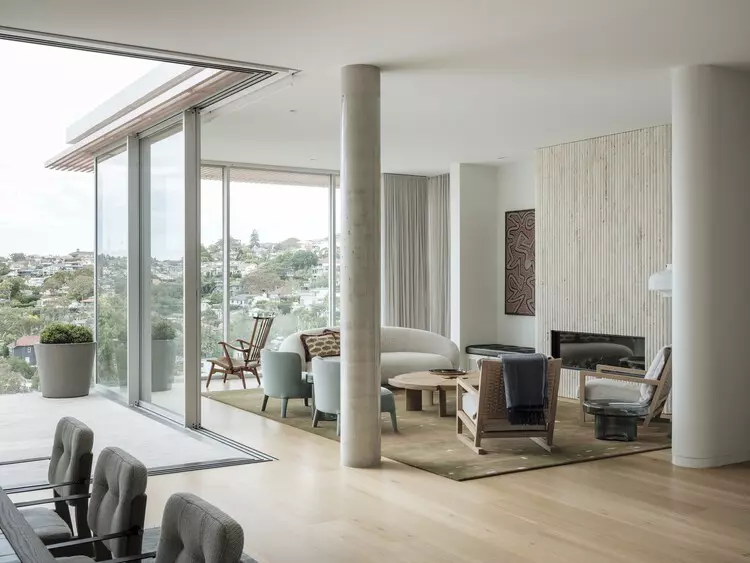 © Carolina Lacaz
© Carolina Lacaz
Casa de Silva / ICONCAST
 © Ganidu Balasuriya
© Ganidu Balasuriya
Canning Street House / Foomann Architects
 © Eve Wilson
© Eve Wilson
Flat in Zverynas / HEIMA architects
 © Norbert Tukaj
© Norbert Tukaj
Yugen House / Studio Gabriel Bordin
 © Denilson Machado / Estúdio MCA
© Denilson Machado / Estúdio MCA
1927 Apartment / Kilo / Honc
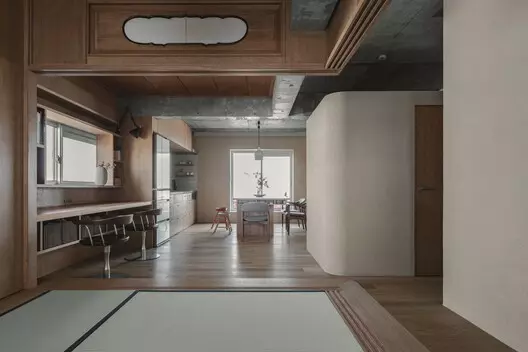 © Matej Hakár
© Matej Hakár
Avila Warehouse Conversion / Allaround Lab
 © Jose Hevia
© Jose Hevia
Muted Color Palette with Accents
Contemporary interiors often rely on neutral colors such as white, black, grey, or beige. However, they enhance the sophistication of the color palette by incorporating decorative accents in vibrant colors, such as blue, green, red, or yellow. While colorful walls are rare, when present, they are balanced by surrounding neutral furniture to maintain a contemporary look. Here are some examples of contemporary interiors with muted color palettes and accents:
Inside Outside House / David Coleman Architecture
 © Paul Warchol
© Paul Warchol
Momenttum Apartment / Studio Boscardin.Corsi Arquitetura
 © Eduardo Macarios
© Eduardo Macarios
Praia Mansa Apartment / Leandro Garcia
 © Fran Parente
© Fran Parente
Cranberry Pavilion / Wright Architects
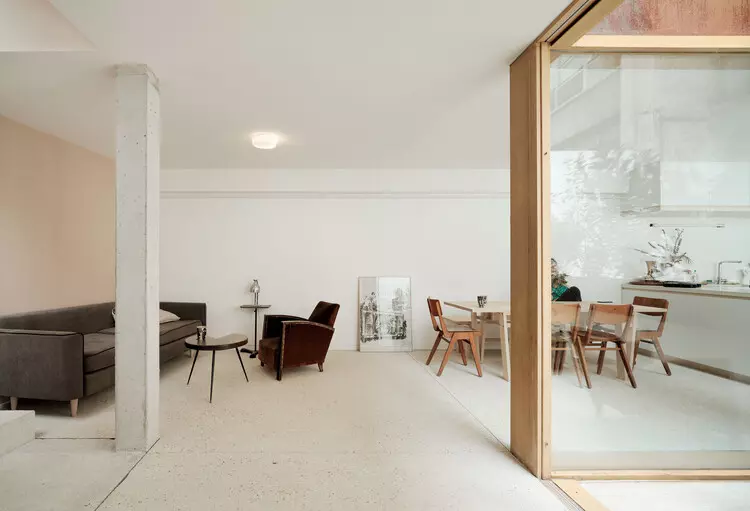 © Christian Cooke
© Christian Cooke
House HD / MDDM STUDIO
 © Jonathan Leijonhufvud
© Jonathan Leijonhufvud
Mirror Maze Apartment / YAEL PERRY | INTERIOR DESIGNER
 © Itay Benit
© Itay Benit
Langdon House / Estudi E. Torres Pujol
 © Jose Hevia
© Jose Hevia
Statement Lighting
In contemporary interiors, extravagant lighting is used to make a statement in an otherwise minimalistic space. Larger-than-life chandeliers or bold lighting structures are combined with recessed or indirect lighting to create a bright background and emphasize the central decorative piece. Here are some examples of contemporary interiors with statement lighting:
Hangzhou Spiral Villa / Tsutsumi and Associates
 © Sensor Images
© Sensor Images
Bluish House / Studio Colnaghi Arquitetura
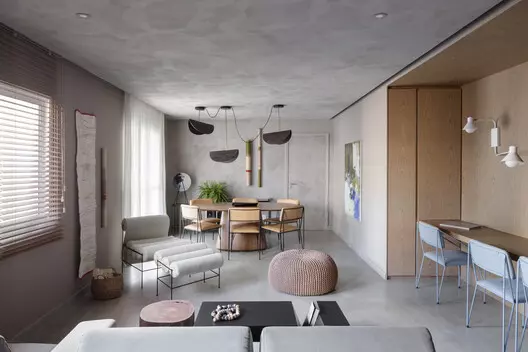 © Marcelo Donadussi
© Marcelo Donadussi
The Unfolding Home / ACOS (A Collection of Stories)
 © PION Studio
© PION Studio
The Octagon of Pelayo Apartment / Piano Piano Studio
 © Milena Villalba
© Milena Villalba
In Plain Sight Apartment / Nakworks
 © Rafael Gamo
© Rafael Gamo
D. Carlos I Apartment / CFarquitetos
 © Ricardo Oliveira
© Ricardo Oliveira
Mazanka Apartment / Makhno Studio
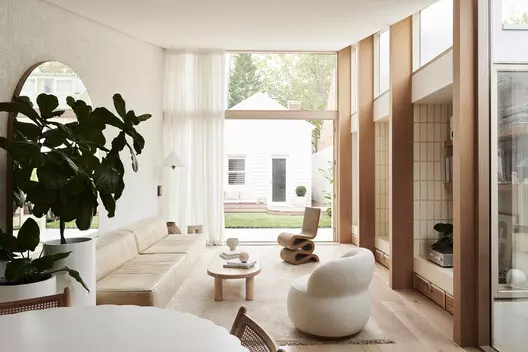 © Serhii Kadulin
© Serhii Kadulin
Floor to Ceiling Glass
Glass walls are a popular feature in contemporary interior design. They visually continue the open floor plan aesthetic while adding soundproofing elements and emphasizing the use of materials. Additionally, floor-to-ceiling windows create uninterrupted views and connect the interior to the ever-changing outdoor scenery. Here are some examples of contemporary interiors with floor-to-ceiling glass:
Cork Trees House / TRAMA arquitetos
 © João Morgado
© João Morgado
House of Courts / DADA & Partners
 © Lightzone India
© Lightzone India
The White House / Robson Rak Architects and Interior Designers
 © Shannon McGrath
© Shannon McGrath
NORM House / Alain Carle Architecte
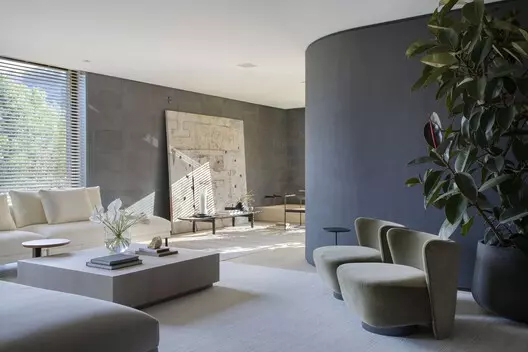 © Felix Michaud
© Felix Michaud
Weekend Getaway / SAK Designs
 © Ishita Sitwala I The Fishy Project
© Ishita Sitwala I The Fishy Project
The Glass Blocks Duplex / Tal Goldsmith Fish Design Studio
 © Amit Geron
© Amit Geron
Bagh Shahr Villa / Experience Studio
 © Deed Studio
© Deed Studio
These seven features are just a glimpse into the evergreen design elements that define contemporary interiors. By incorporating minimalism, mixed materials, open floor plans, clean lines, muted color palettes with accents, statement lighting, and floor-to-ceiling glass, contemporary interiors achieve a timeless look that will remain relevant for years to come.
This article is part of the ArchDaily Topics: The Contemporary Home, proudly presented by BUILDNER. BUILDNER celebrates architecture competitions as an effective tool for achieving progress by fostering groundbreaking ideas that push the industry forward. Every month, ArchDaily explores a topic in-depth, inviting readers to learn more about ArchDaily Topics.

















